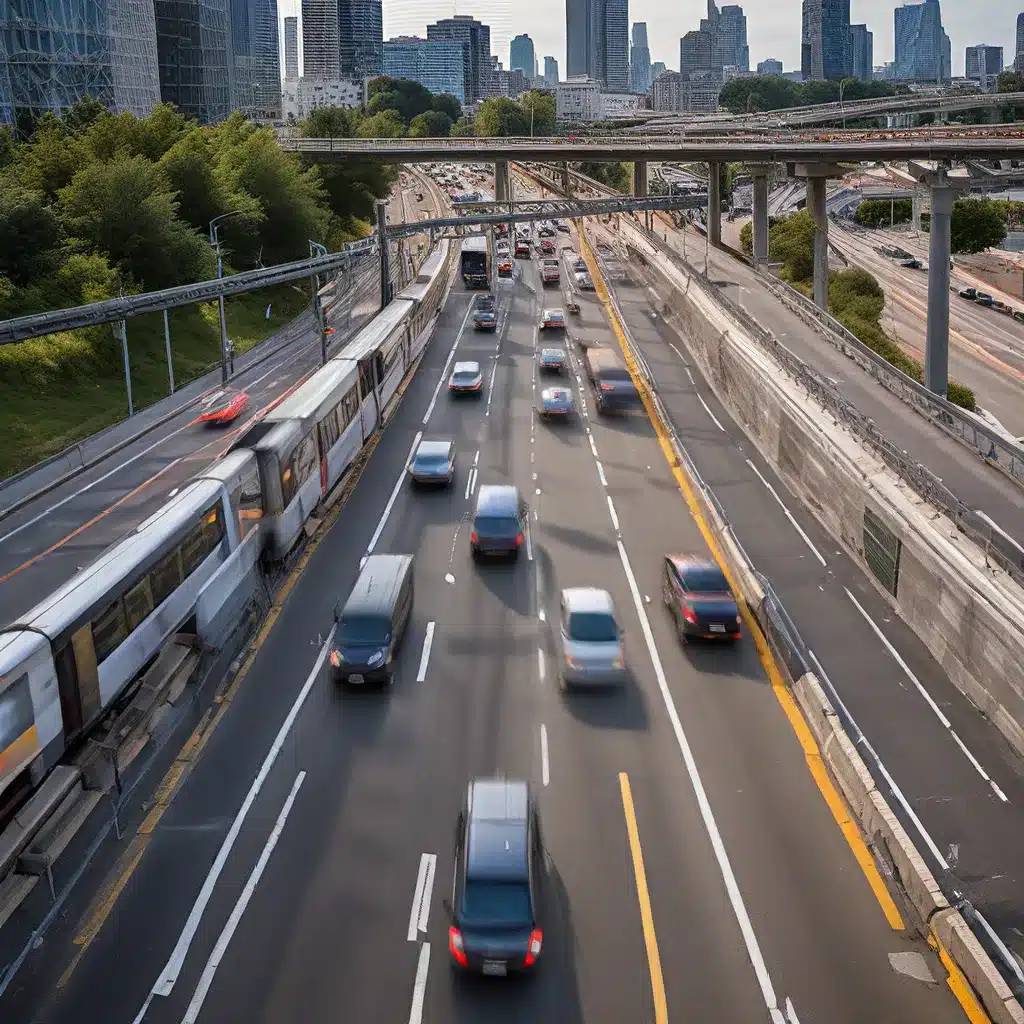
In the rapidly evolving world of transportation, sensor networks and IoT (Internet of Things) technologies have emerged as powerful tools for improving efficiency, reducing costs, and enhancing the passenger experience. By leveraging the vast amounts of data generated by a network of strategically placed sensors, transportation authorities and service providers can unlock the power of predictive analytics, enabling them to anticipate and respond to challenges before they become critical issues.
The Rise of Sensor-Driven Transportation
The integration of sensor networks into transportation systems has been a game-changer, providing a wealth of real-time data that can be harnessed to optimize operations and enhance the overall user experience. From monitoring traffic flow and vehicle congestion to tracking public transit schedules and infrastructure conditions, sensor networks have become the backbone of modern transportation management.
Advances in sensor technology have also enabled the collection of a vast array of data points, including environmental factors, passenger behavior, and even energy consumption. By leveraging this data, transportation authorities can make more informed decisions, implement proactive interventions, and ultimately deliver a more reliable and efficient transportation network.
Predictive Analytics: Unlocking the Future of Transportation
The true power of sensor-driven transportation systems lies in the application of predictive analytics. By analyzing the real-time data collected by sensors, transportation agencies can identify patterns, trends, and potential bottlenecks, allowing them to anticipate and respond to issues before they escalate.
One of the key benefits of this predictive approach is the ability to reduce delays and optimize transit schedules. By accurately forecasting traffic patterns, public transit schedules can be adjusted to align with demand, minimizing wait times and improving overall passenger satisfaction. Additionally, predictive analytics can help identify and address infrastructure issues, such as road deterioration or bridge failures, before they cause major disruptions.
Sensor-driven predictive analytics can also contribute to significant cost savings for transportation agencies. By proactively addressing issues and optimizing operations, agencies can reduce the need for reactive and often more expensive maintenance and repair measures. This, in turn, frees up resources that can be redirected towards other crucial infrastructure investments or service improvements.
Enhancing the Passenger Experience
The implementation of sensor networks and predictive analytics not only benefits transportation authorities but also directly impacts the passenger experience. By providing real-time updates on traffic conditions, transit schedules, and service disruptions, passengers can make more informed decisions about their travel plans, reducing the frustration of unexpected delays.
Furthermore, sensor-enabled technologies can enhance the overall comfort and convenience of the passenger journey. Automated fare collection systems, for instance, can streamline the boarding process, while environmental sensors can monitor and optimize factors such as temperature, lighting, and air quality within transportation vehicles and stations.
Security and Privacy Considerations
As the adoption of sensor networks and IoT technologies in transportation systems continues to grow, it is essential to address the security and privacy concerns that arise. Ensuring the integrity and confidentiality of the data collected by sensors is crucial, as this information can be sensitive and potentially vulnerable to cyber threats.
Transportation authorities must implement robust security measures, such as encryption, access controls, and network monitoring, to protect the data and prevent unauthorized access or tampering. Additionally, robust data privacy policies should be in place to safeguard the personal information of passengers and ensure compliance with relevant regulations.
Sustainable and Energy-Efficient Designs
As transportation systems worldwide strive to reduce their environmental impact, sensor networks and energy management strategies have become integral components of sustainable design. By monitoring energy consumption patterns, transportation authorities can identify opportunities for energy efficiency improvements, such as optimizing traffic signal timing, implementing eco-driving techniques, or deploying renewable energy solutions.
Sensor-driven predictive analytics can also help transportation agencies plan for and manage the increased demand for electric vehicles and the associated charging infrastructure, ensuring a smooth and efficient transition to more sustainable modes of transportation.
The Future of Sensor-Driven Transportation
As the world continues to urbanize and the demand for efficient and reliable transportation grows, the role of sensor networks and predictive analytics will only become more crucial. By leveraging these advanced technologies, transportation authorities can anticipate and address challenges, optimize operations, enhance the passenger experience, and contribute to a more sustainable future.
The sensor networks of today are paving the way for a transportation system that is smarter, more responsive, and better equipped to meet the evolving needs of individuals and communities. As the industry continues to innovate and embrace these transformative technologies, the potential for improved mobility, reduced costs, and enhanced environmental sustainability is truly boundless.